Warning: This article contains spoilers for the Dungeons & Dragons animated series episode “The Time Lost”.
Have you ever watched an episode of television so strange that it sits with you in life’s quiet moments? I’m not talking about shows like Twin Peaks or The Curse that intentionally evoke surrealism to make you feel like the Math Lady meme; I’m talking about episodes where the creative decisions profoundly evade you. There’s an episode of the 1983 Dungeons & Dragons animated series like that.
Dungeons & Dragons’ Venger Hatched the Wackiest Villain Scheme in “The Time Lost”
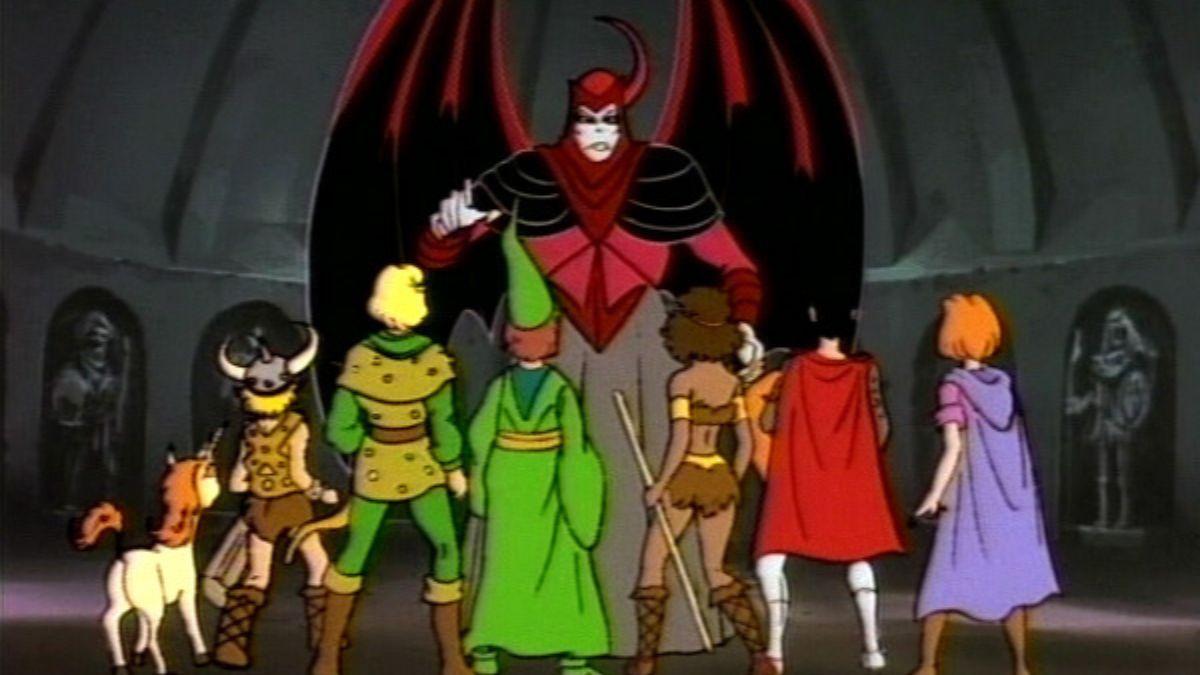
At its core, the DnD cartoon relies on a simple story engine. A group of kids from our world get trapped in the fantasy realm of DnD after a theme park ride goes awry, and their sole goal is to get back home. The children are guided in their quest by Dungeon Master and often face off against Venger, the reigning Big Bad of the series.
Though the show’s heroes almost killed Venger in the Tiamat-centric episode, “The Dragon’s Graveyard”, the odds are often stacked against them as strangers in a strange land and literal children vying against a powerful entity. Nonetheless, these meddling kids really bother Venger. He does not want them traipsing about the world of DnD. And the villain’s schemes to rid himself of these children reaches a simultaneous all-time high and all-time low in “The Time Lost”.
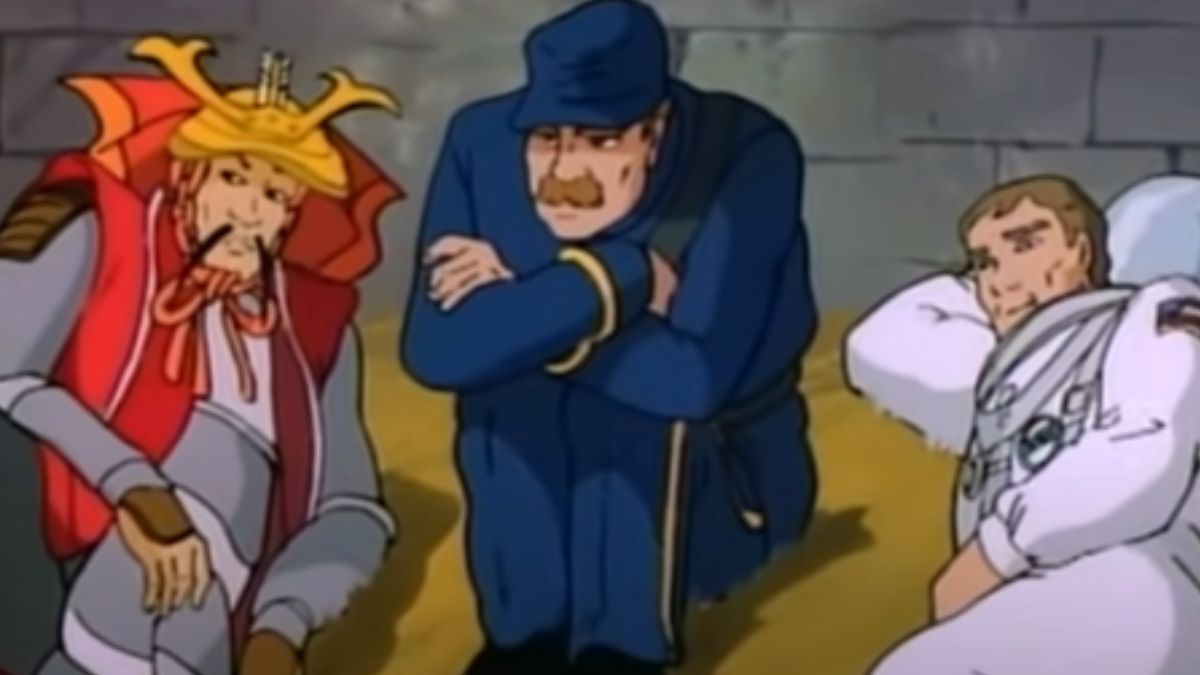
Utilizing the Cronos Crystal, Venger pulls a cutting-edge jet fighter into the fantasy world, ejecting its pilot and throwing him in a cell alongside other men who seem to be flung out of time. Venger holds onto the jet but bemoans to his sidekick, Shadow Demon, that none of these prisoners come from the period on Earth that he needed. Enter, an actual Nazi soldier.
Joseph Müller, presumably named after the German resistance figure of the same name, crashes his plane near the show’s central adventuring party. The children assume Joseph’s an airshow pilot, before realizing he’s from their world’s past — World War II to be precise. However, Venger intercepts the pilot and delivers him to the modern jet fighter, promising to send him back to his time as a hero.
Venger’s plan? Turn the tides of World War II in Germany’s favor so that Earth’s history is irrevocably altered and his flock of child nemeses are never born.
Venger’s Evil Plan Raises an Endless String of Questions
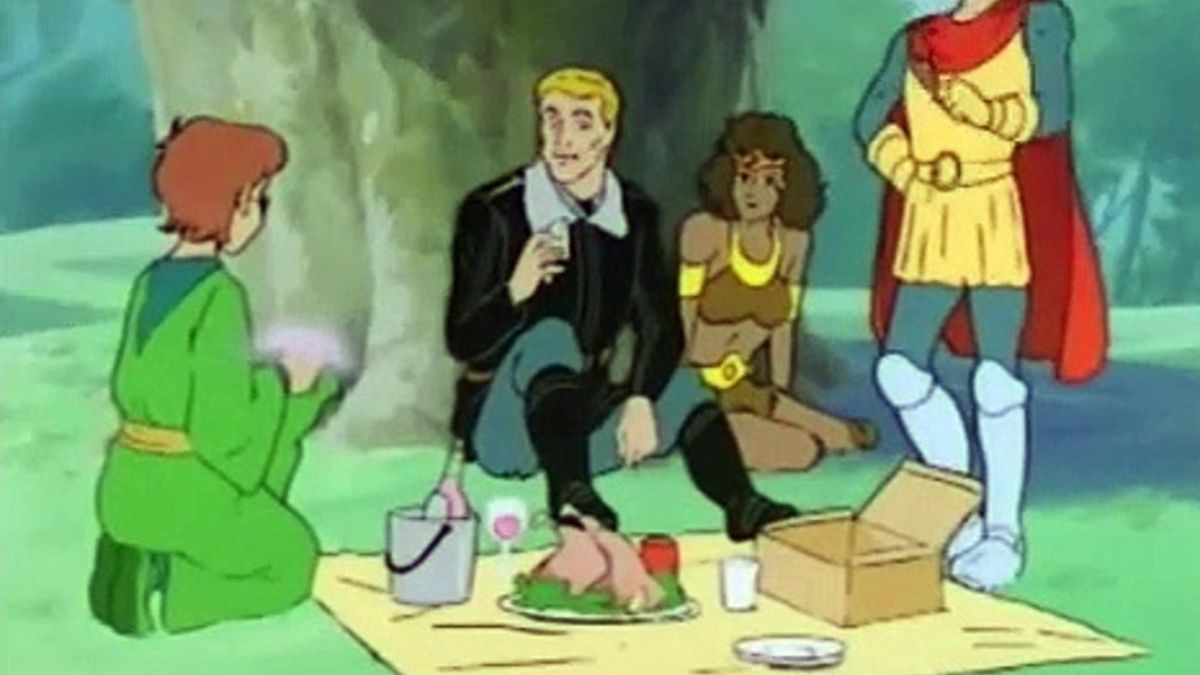
When watching Saturday morning cartoons, it behooves me to suspend disbelief and not get too bogged down by the plot holes that sometimes crop up. But I truly cannot shake this episode.
First, there’s the surface-level notion that Venger is capable of creating portals between Earth and the realm of DnD, but that simple solution to his prevailing woe is small potatoes in the broader tableaux of his plan. The fact that Venger targeted a global event and enacted a strategy that relied heavily on the theoretical butterfly effect implies that Venger had an intimate knowledge of Earth all along. Either that or he did a tremendous amount of research on both human history and chaos theory leading up to this episode. And after all that, his plan backfired anyway.
Much like his probable namesake, DnD’s Joseph Müller harbored resentment toward “that horrible war and the tyrant who caused it”, and therefore did not use the jet fighter to aid the German forces. While this conclusion could present a somewhat reductive “don’t judge a book by its cover” argument (considering the book in question had an Iron Cross armband on its cover), it could perhaps more generously be interpreted as a homage to the historic outspoken Nazi critics within Germany during World War II.
Whatever thesis you wish to draw in regards to the episode’s overall message, it doesn’t quite do enough to distract from the fact that Venger — who had no previously established knowledge of human history — was eager to arm a soldier that he thought was sympathetic to the Nazi regime with a modern jet fighter. And, again, Venger enacts this plan on the impetus that the reversal of a historic event on Earth will ensure the show’s adventurers were never born. Rather than focusing on the kid’s parents or even an event anywhere in space or time closer to their respective births, Venger suddenly turned into that one guy you knew in college who was a little too fixated on World War II.
Obviously, the creative decisions here stem from the quick visual shortcut World War II imagery elicits and Venger’s position as the series’ antagonist. Nazis are some of history’s greatest villains for a reason and, naturally, many fictional villains are modeled after them and other real fascist regimes. But it’s not that Venger was motivated by an ideological investment in the outcome of World War II. Like Skeletor and other animated villains of his era, Venger’s goal was simply to conquer his fantasy realm. And that deviation from the established fantasy model of DnD is probably what throws me most about the episode of the cartoon. “The Time Lost” suddenly introduces a load of ever-so-slightly off-topic concepts like time travel, alternate history, and historical fiction that don’t fit in with the show’s established language.
“The Time Lost” is Unlike Any Other Episode of Dungeons & Dragons
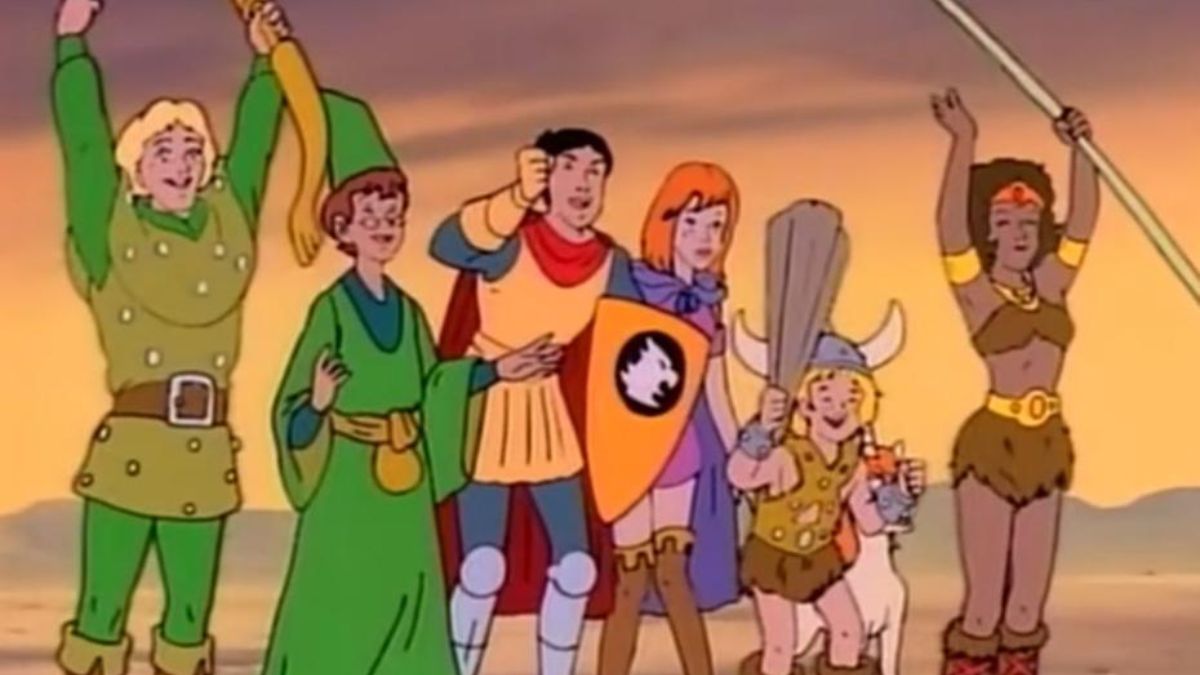
Whether you lived through the era yourself or just have a fondness for the genre, there’s no denying that ’80s cartoons were built differently. I try to avoid tired expressions like “you can’t get away with that now” because art forms are constantly evolving and, beyond theme, stylistic trends come and go throughout every medium. ’80s cartoons provide an enjoyable time capsule to a period of children’s television that, just like today’s landscape, had its share of masterpieces and misses. The DnD episode “The Time Lost” exemplifies the absolute balls-to-the-wall offerings available within this era of animated series.
Among the episodes of the DnD cartoon, “The Time Lost” sticks out like a sore thumb. Aside from the confounding worldbuilding questions and noncommittal thesis, it disrupts the established storytelling conventions utilized in every other episode of the series. But all that’s not necessarily a bad thing. After all, I’m still thinking about it, aren’t I?

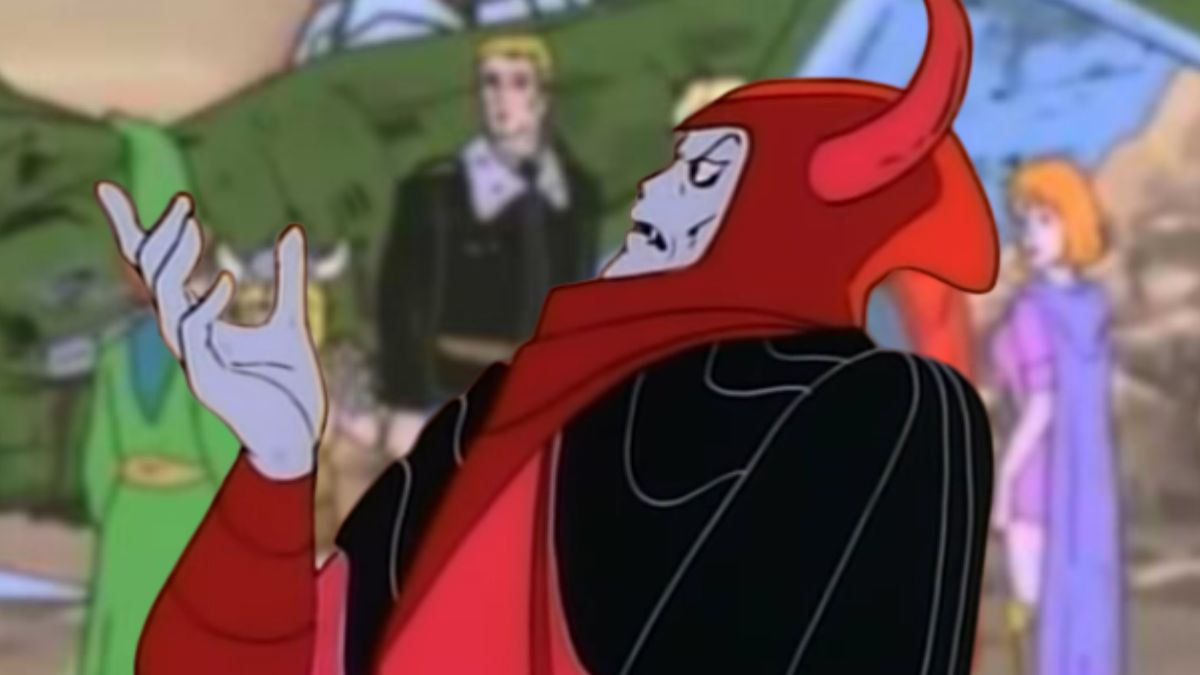




Published: Feb 17, 2024 12:30 pm